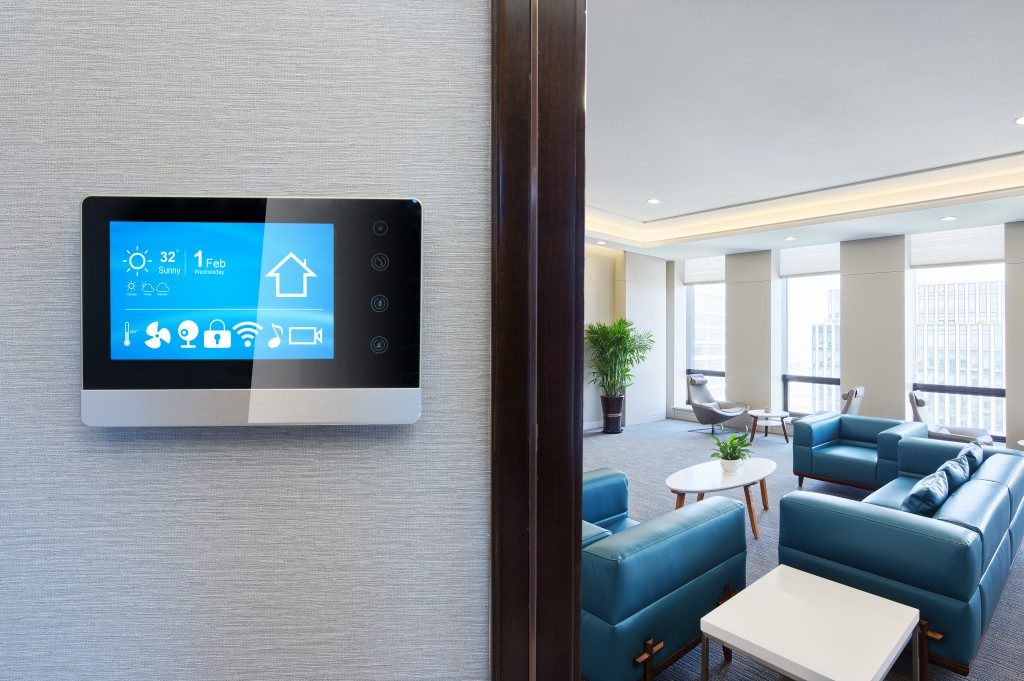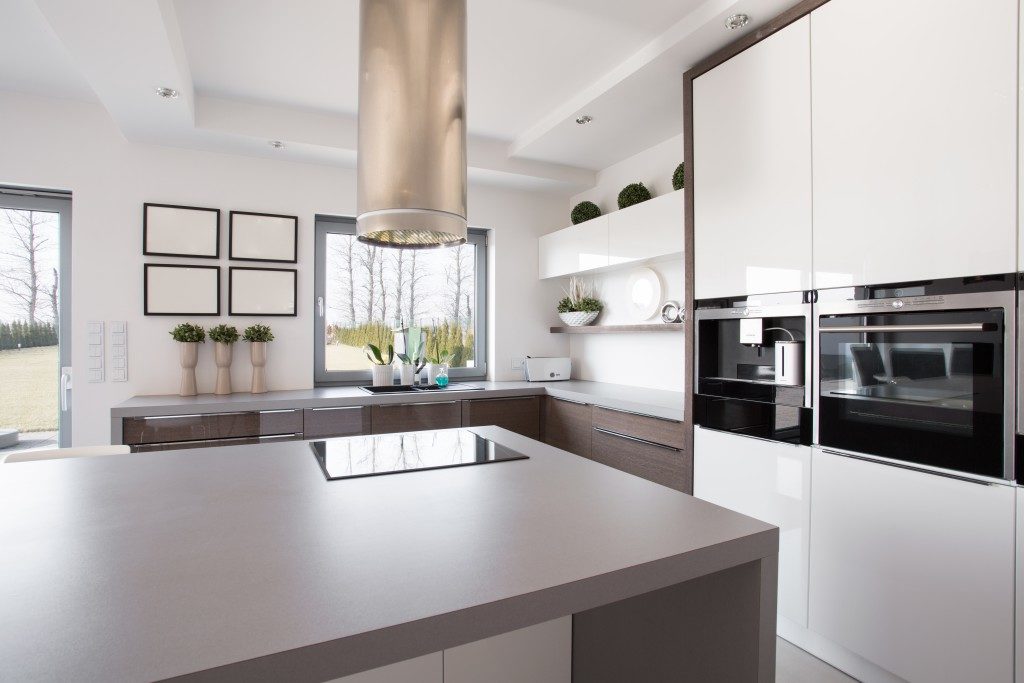Smart technology provides a variety of conveniences for homeowners — from performing chores and increasing the level of security of the house to monitoring health and medication intake.
Another benefit of installing smart technology in your home is its energy-saving capability. Today, there’s a lot of technology available in the market for homeowners who are looking to make their houses more green and energy-efficient. If you’re trying to lower your energy bills, here’s how you can leverage smart technology.
Lighting
If you haven’t already, switch out your energy-guzzling bulbs for LED lights, which use 25 to 85 percent less energy than the traditional incandescent ones. Replacing five of your most frequently used bulbs with LED lights can help you save about $75 each year.
If you’re the kind who always forgets to turn the lights off before leaving the house or before going to sleep, self-timed light bulbs can turn off automatically after a specific duration. Some lights also have motion sensors, so if it registers little to no movement in a room, it will turn off on its own.
A more high-tech lighting option is the Philips Hue, a smart bulb that you can control via the Philips Hue mobile app. You can dim or turn it off from anywhere, as long as you have internet connection.
If you want to reduce your energy costs even further, you can have a Velux skylight windows installed in strategic areas in your house. Apart from allowing natural light to flow freely into your home, Velux skylights have feature solar-powered blinds that close automatically depending on the season and outside temperature to reduce cooling and heating costs.
Water

You can reduce your water usage by replacing your showers and faucets with low-flow models. Low-flow models can be aerated or non-aerated. The first one injects oxygen into the water flow to create a softer show, while the second restricts the water stream and squeezes it into small holes, creating a harder, massaging spray.
Switching out your regular showerheads and faucets with low-flow fixtures can reduce your water usage by 30 to 50 percent and give you $50 to $90 savings per water bill.
For your yards, you can opt for smart sprinkler systems that can adjust its water usage depending on the weather forecast. These kinds of systems can also measure the moisture content of the soil, so it can put out more water when the ground is dry or minimize water production when the ground is too damp.
Heating
Space heating is one of the biggest energy-guzzlers in U.S. homes, right after space cooling. The biggest heating innovation right now is the smart thermostat. Smart thermostats, like the Ecobee4 and Nest Thermostat E, use sensors that can detect whether or not you’re inside the house. It can also record your temperature preferences, so you won’t have to adjust it all the time.
Smart thermostats are connected to the internet so they can access weather updates and adjust the temperature at home automatically. It also has sensors that can read different conditions, like fluctuations in temperature and solar heating from windows. The smart thermostat uses these data and minimizes dramatic heat and cold swings by maintaining your desired temperature.
Using these innovations can help you lower your utility expenses as well as reduce your energy usage. Being energy-efficient is a step toward the right direction in minimizing your carbon footprint, which is a goal that every household should have.



